What is a plug-in solar panel and how does it work?

A plug-in solar panel is a ready-to-use photovoltaic system designed to be easily installed by individuals. In contrast to traditional solar installations, it does not require specific technical skills or complex connection to the electricity grid. Simply plug the panel into a standard socket to start generating electricity.
These plug-in solar kits generally consist of:
- One or more photovoltaic solar panels: which capture solar energy and convert it into electricity.
- A micro-inverter: whose role is to convert the direct current produced by the panel into alternating current that can be used by electrical appliances.
- A connection cable: which connects the panel to a standard electrical socket.
- One or more mounting brackets: which allow the panel to be installed on a balcony, terrace, roof or on the ground.
- An electrical plug
Plug-in solar panels are generally used to power specific electrical appliances or to contribute to a household's overall consumption. The plug-in solar kit has the unique feature of being completely mobile. This means you can move it around as you wish without any difficulty. You can install your kit in almost any location in your home, provided it is flat: terrace, garden, courtyard, flat roof of the house, garage, shed, etc. Make sure that the chosen location is well exposed to the sun in order to maximise the efficiency of your panels.
The installation of plug-in kits is quick and easy. As mentioned above, simply choose a sunny spot and secure the panel using the bracket provided for stability. Afterwards, plug the panel's connection cable into a standard electrical socket. Once connected, the panel will immediately start generating green energy.
Plug-in solar panels and traditional solar panels: what are the differences?
Traditional solar panels require professional installation, a central inverter and connection to the electricity grid. They are more powerful and suitable for large installations, but their cost and complexity can discourage some individuals. Plug-in panels, on the other hand, are more modest in terms of power, but their simplicity and flexibility make them accessible to a wider audience. These systems are particularly suitable for tenants, owners of small spaces, or those who want to try out solar energy without investing in a complete installation.
Our opinion on plug-in solar panels: advantages and disadvantages
1. Easy, quick installation
One of the main advantages of plug-in solar panels is their ease of installation. There is no need to hire a professional or carry out costly work. In just a few steps, you can plug the panel into a socket yourself and start generating electricity. The system starts working as soon as the installation is plugged into the power supply.
2. Low initial cost
Plug-in solar panels are much more affordable than traditional solar systems. They generally cost between €400 and €600, depending on their power output and brand. This makes them an accessible option for those on a tight budget. It should be noted that the Zendure 860Wc plug-in bifacial solar panel is sold for only €359; thanks to its robustness, durability and excellent value for money, it stands out among many manufacturers.
Tip : If you’re looking for greater solar output and efficient energy storage, Zendure’s latest innovation Zendure SolarFlow 800 Pro -- the world’s first AI-integrated all-in-one balcony energy storage system -- is the perfect solution. It helps you maximise self-consumption and make the most of your solar investment.
3. Mobility
Unlike fixed panels, plug-in systems can be easily moved. If you are moving to a new home or simply want to change the location of the panel, simply unplug it and reinstall it elsewhere.
4. Eligibility for certain types of assistance
Although less common than for traditional installations, some local or regional subsidies may be available for plug-in panels. Contact your local council or regional authority to find out more.
Our opinion on plug-in solar panels: disadvantages
Limited power
The energy output of plug-in panels is generally lower than that of traditional systems. They are designed for modest self-consumption and cannot power an entire home.
Weather dependency
Like all solar systems, plug-in panels depend on sunlight. Their performance can vary considerably depending on the region and season.
Legal and technical limitations
In France for example, self-consumption with resale of surplus energy requires connection to the grid and prior registration. Plug-in panels are not always compatible with these requirements, which limits their use to simple self-consumption. The situation is more complexe in UK.
Profitability of a plug-in solar panel: detailed analysis
Purchase cost and return on investment
The price of a plug-in solar kit varies between €200 and €600. For an 800-watt model, for example, you can expect to produce around 1,200 kWh per year, depending on your region. Given that 1,200W is a low level of electricity production, let's assume that this electricity is used 100% during the day. Calculated at a rate of €0.25 per kilowatt hour, you can save €300 per year. The return on investment is therefore between 2 and 3 years, subject to sunlight and your consumption.
Savings on your electricity bill
The savings you make depend on your consumption and the power of the panel. For example, an 800 W panel can cover part of the consumption of a refrigerator or computer, but not that of a water heater or air conditioner.
High-power household appliances require a larger traditional photovoltaic system; it should be noted that in recent years, the price of photovoltaic electricity has risen steadily, while the feed-in tariff for photovoltaic electricity has continued to fall, making the sale of electricity to the grid unprofitable. so equipping the photovoltaic system with a storage system such as the Zendure SolarFlow Hyper 2000 to achieve 100% utilisation of photovoltaic electricity has become a trend.
Comparison with other energy solutions
Plug-in panels are less powerful than traditional installations, but they are also much less expensive. For small electricity needs, they can be an attractive alternative.
Expert opinions and user testimonials
Expert opinion on solar energy
Experts point out that plug-and-play panels are an excellent introduction to solar energy, but they cannot replace a complete installation for significant energy needs.
Real user reviews of Zendure solar panels Plug-in solar kit
- Julie MEKRI-PASCAL : “Suitable for small installations. Easy to install, inverter with quick application.”
- Marc Patoureaux : “The pleasant surprise is how efficient it is. I'm generating 700W at midday in the south, even though the sun is low in the winter sky. I'm going to buy two more kits very soon. The return on investment is less than a year.”
- Steve : “Very good value for money. Check carefully upon delivery as it's only packaged in a cardboard box. With peak winter sunshine at 750W of production.”
- Jackie Tommasini : “Great!! Easy to assemble and top performance. Very reasonable price.”
When to choose a plug-in solar panel?
Plug-in solar panels are an ideal option in the following situations:
- For tenants : if you cannot install a fixed solar system, a plug-in panel is a mobile and non-invasive solution.
- For small budgets : with a low initial cost, these panels are accessible without a significant investment.
- For occasional needs : ideal for powering a garden shed, motorhome or specific devices (computer, Internet box, etc.).
- For testing solar energy : if you are unsure about investing in a complete installation, a plug-in panel allows you to discover self-consumption without commitment.
- For small spaces : perfect for balconies, terraces or small gardens where a traditional installation would be impossible.
If you have significant energy needs or wish to sell your surplus electricity, a traditional installation will be more suitable.
The best type of plug-in solar panel: our opinion
To choose the best plug-in solar panel, consider the following criteria:
- Power : choose a panel with at least 800 W if you want to cover a significant portion of your consumption.
- Panel type : monocrystalline panels are more efficient, but also more expensive than polycrystalline panels.
- Warranty : choose models with a 10 - 25 year warranty on the panels and a 5 - 10 year warranty on the micro-inverter. It should be noted that the Zendure plug-in solar kit offers a 10-year warranty and a 15-year product lifetime
- Ease of installation : check that the kit is complete and that no special tools are required for installation.
- Compatibility : ensure that the panel is compatible with your type of socket and your electrical network.
Conclusion
Today, plug-in solar panels are a practical and accessible solution for generating your own electricity and switching to green energy on a limited budget. Although their profitability is limited by their reduced power output, they are an excellent option for occasional needs.
FAQ
1. How much can you save with a plug-in solar panel?
An 800 W panel can save you €200 to €300 per year on your bill, depending on your consumption and the amount of sunshine.
2. What are the advantages of solar panels that plug into a power socket?
Easy installation, mobility, low cost and reduced electricity bills.
3. What is the best solar kit for self-consumption?
Opt for a minimum 800 W kit, monocrystalline, with a good warranty. The Zendure is recommended for its performance and portability.

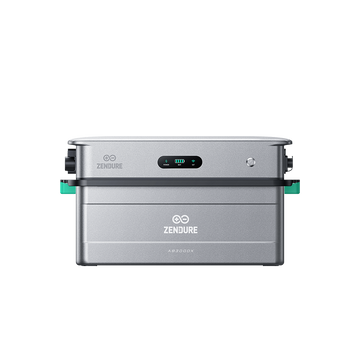


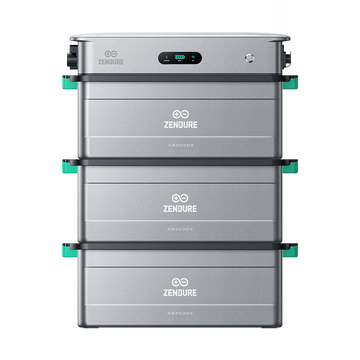
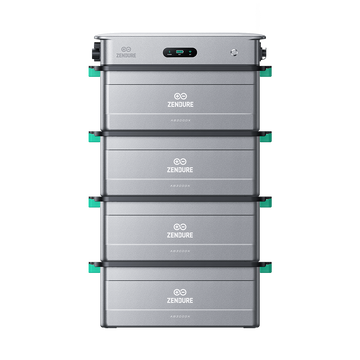
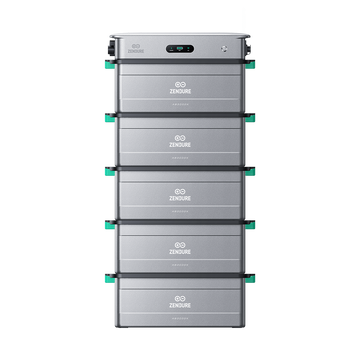
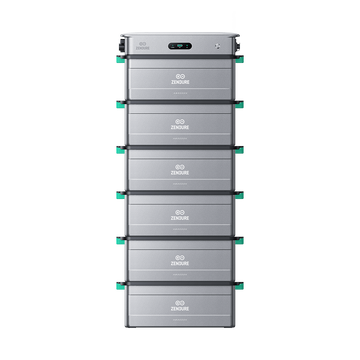
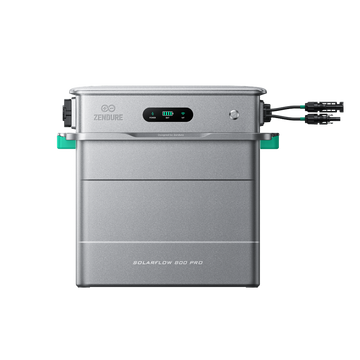

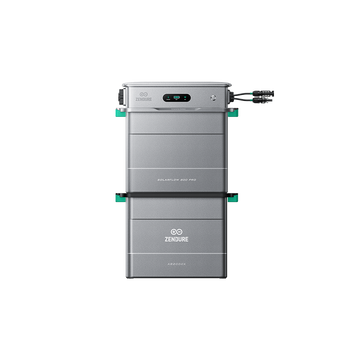

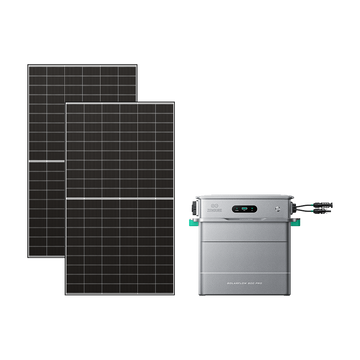
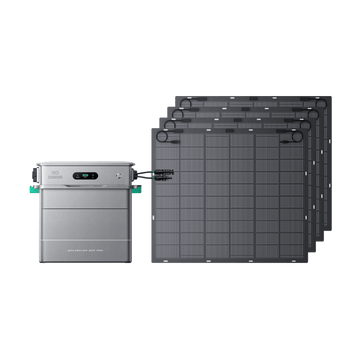
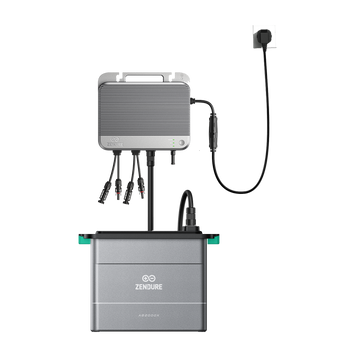
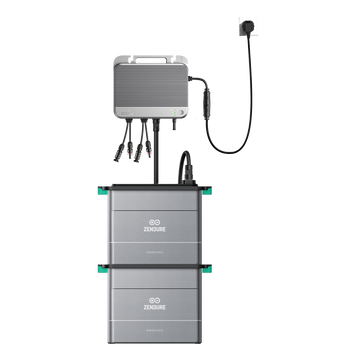

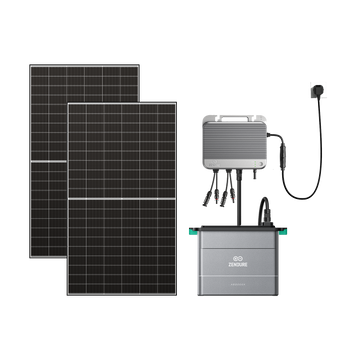



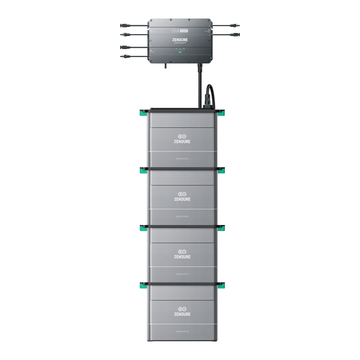
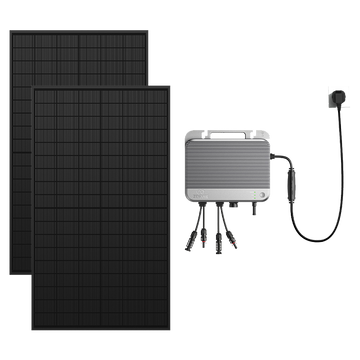
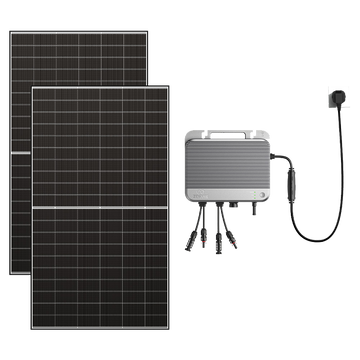
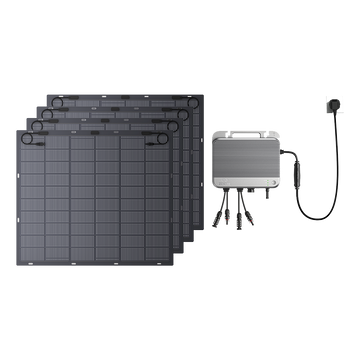


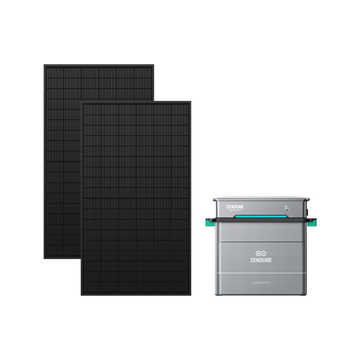

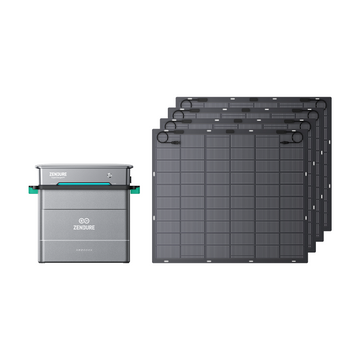


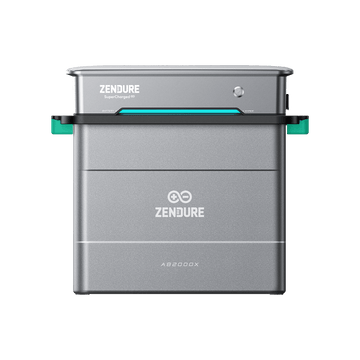

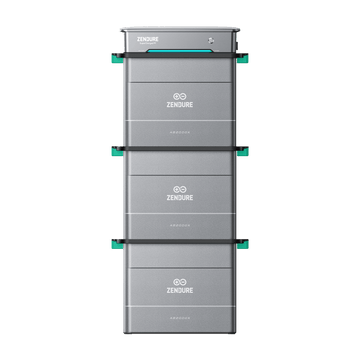


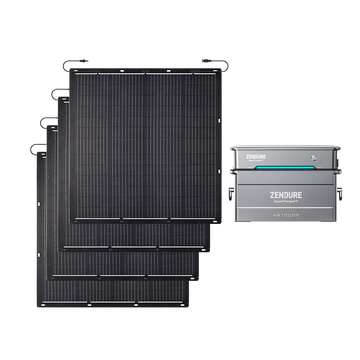


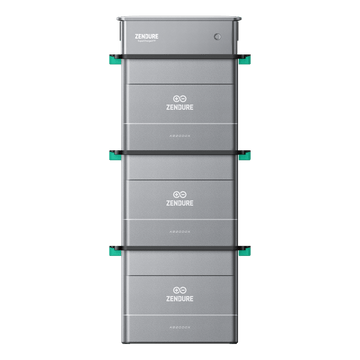
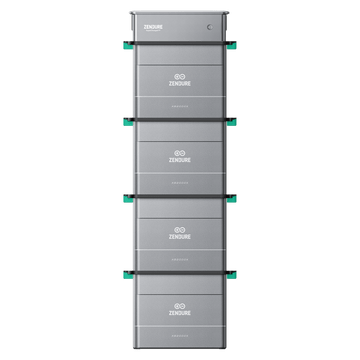

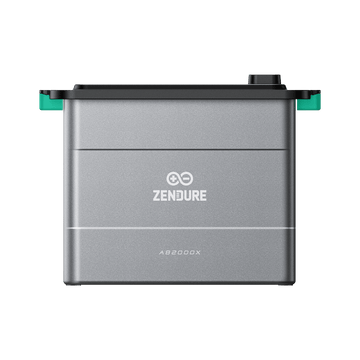

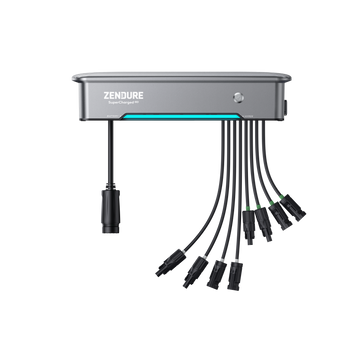


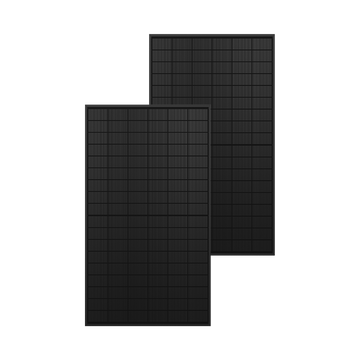
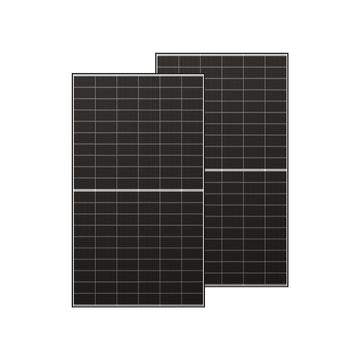
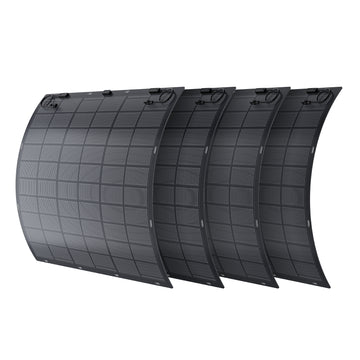

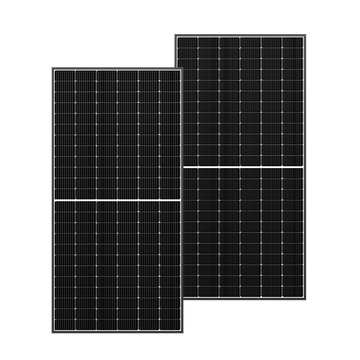
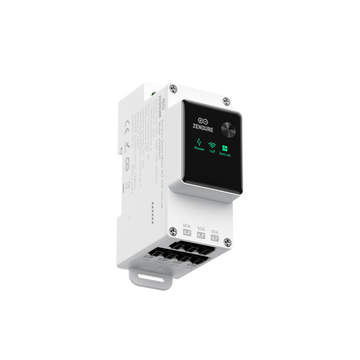
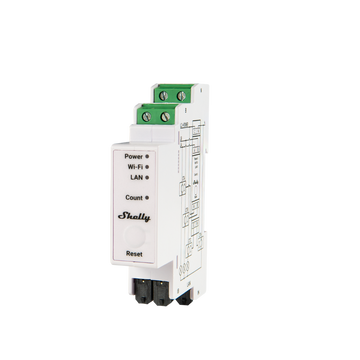


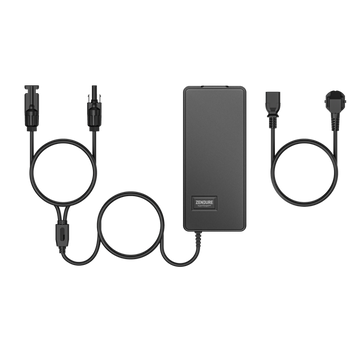
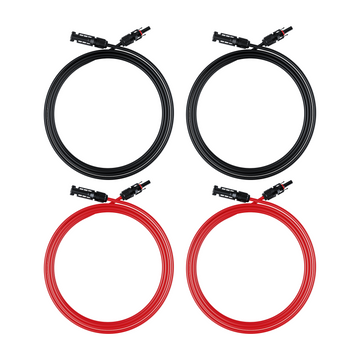


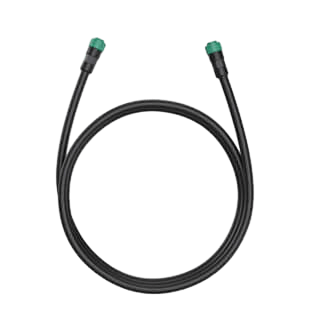
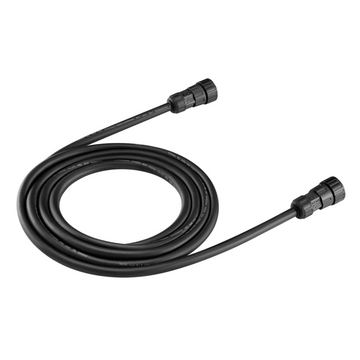
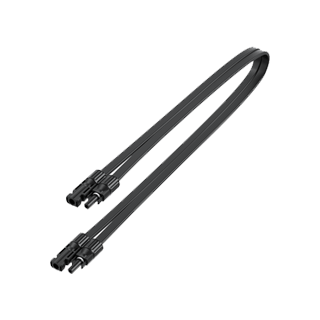
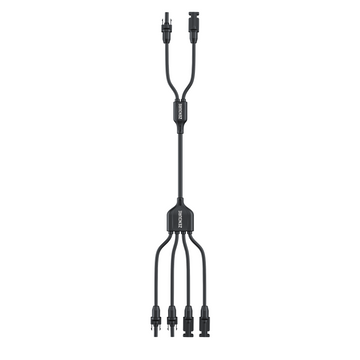
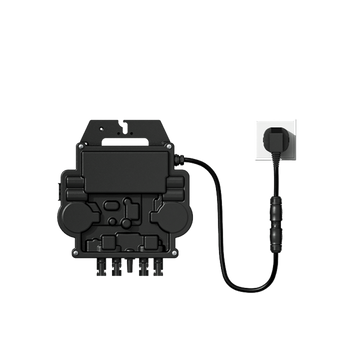


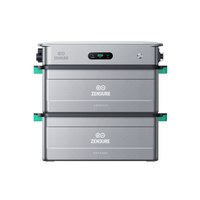

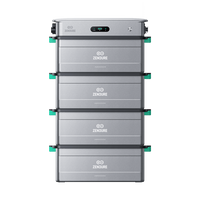
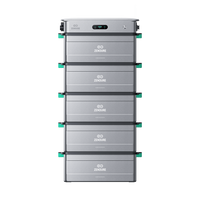



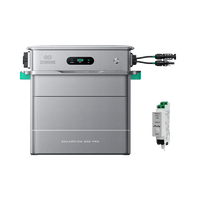

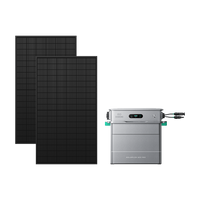
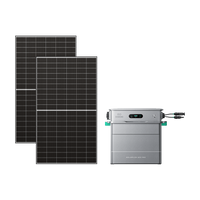
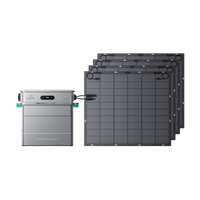


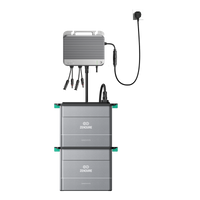



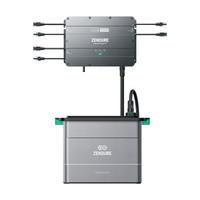
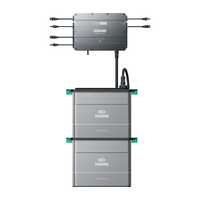
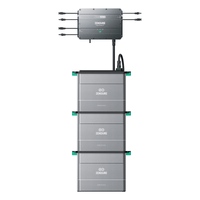
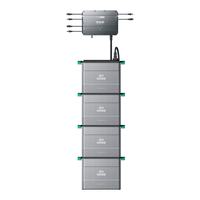


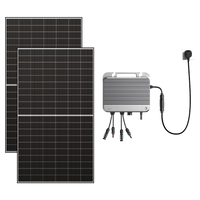
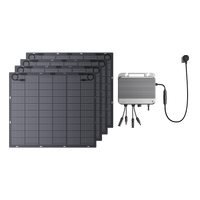

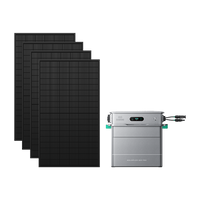
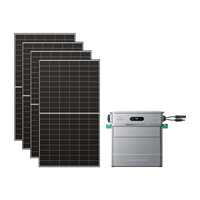

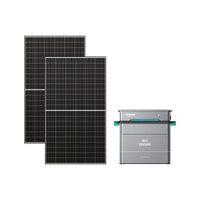
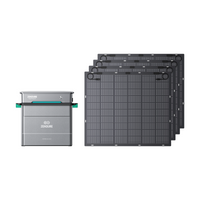
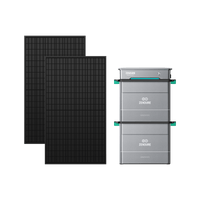
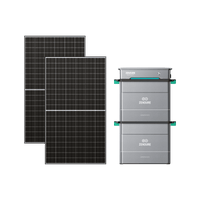

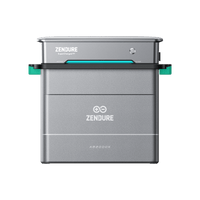
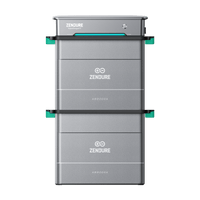
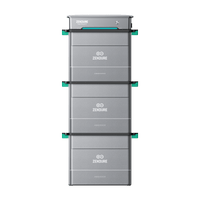


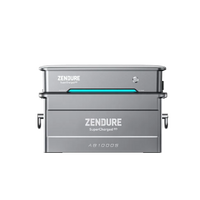
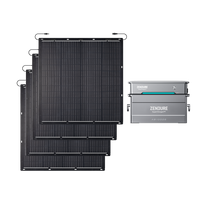



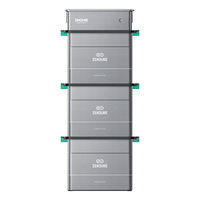
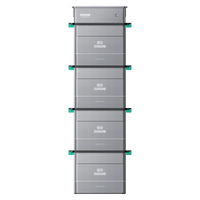

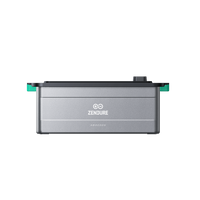


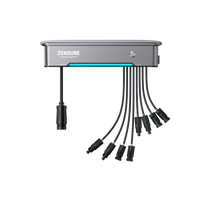

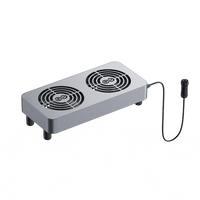
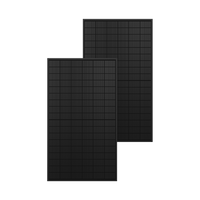


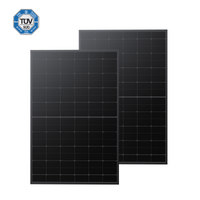


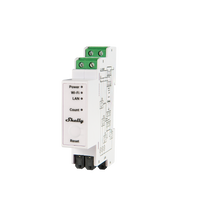


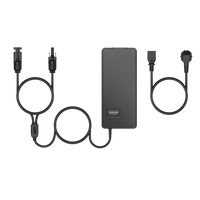

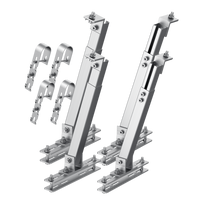
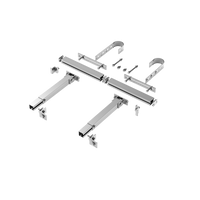
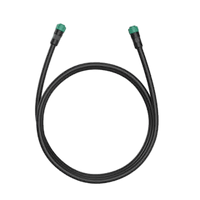
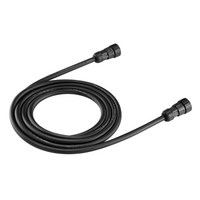
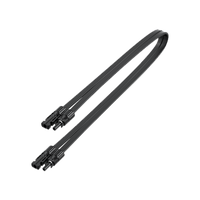
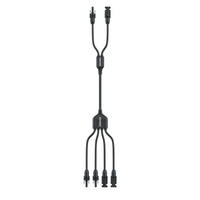
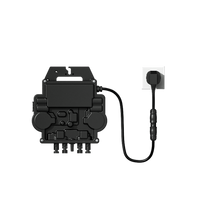





Leave a comment